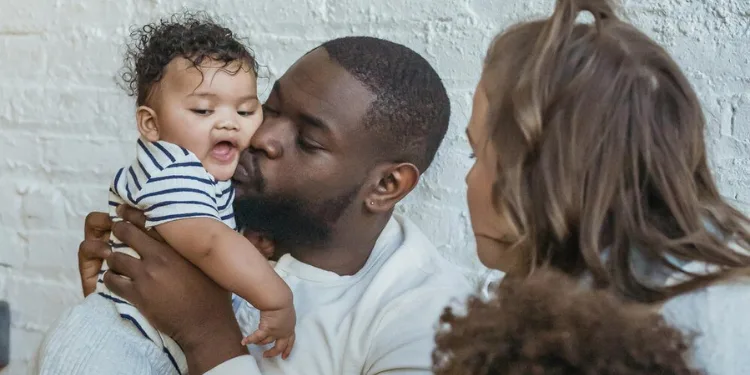
Though for many, they remain emotionally complex and greatly misunderstood, especially for the children involved, blended families are becoming increasingly frequent. Two families gathering entails more than merely adults falling in love and striving once; it’s about bringing together several pasts, customs, emotions, and personalities into one house. And although that trip might be lovely, from a child’s point of view, it can also be overpowering.
Whether teens or toddlers, children experience change in a mixed family. Great modification. It might denote new siblings, new step-parents, new expectations, and the silent bereavement of what once felt like a “normal” family life. That may cause fear, perplexity, loyalty issues, and even anger. And it is critical we not dismiss those emotions. Mixing in with kids, especially across several age groups, takes time, patience, and a great deal of deliberate effort. Older children could stay guarded, battling loyalty to their biological parent or mourning the idea of their parents reconciling; younger children might want attention and comfort.
Connection must be developed slowly, with dependability and trust; it cannot be forced. Showing up, listening without prejudice, and allowing them space to be themselves, free from pressure to “accept” the new family dynamic overnight, is what it’s about. One day it could be laughter at the supper table; the following day, silence and slammed doors—and that’s all part of the process. Many families find that treatment can be a great help during the transition; indeed, it might be a game-changer. Children learn to manage their emotions in a safe and organized setting through family therapy, individual counseling, or group support meetings. Children sometimes need the assistance of an impartial third party to express what they struggle to find words for at home. It’s about providing them with a space to feel heard, respected, and supported, rather than correcting them.
Therapy provides parents a chance to develop navigation abilities across co-parenting conflicts, disciplinary disputes, and emotional land mines without involving children. In any thriving blended family, communication is the golden thread that holds everything together. It’s about being open to challenging conversations, willing to hear “I miss my other parent” without taking it personally, and checking in often, even when everything appears okay on the surface. It’s not just about laws and schedules. Children from mixed families need to feel secure enough to speak up; they also need to know their emotions won’t create guilt or conflict. Open communication, regular schedules, and shared experiences—like family game nights or weekend outings—can naturally strengthen connections over time. Also, keep in mind that not every method of fusing a family is effective. What works for one family might not work for another. Some families find their rhythm within a few months, while others may take years to feel truly connected. That is fine as well. The aim is advancement, not perfection. Even on challenging days, it’s about creating a house where every child feels noticed, heard, and loved.
Though starting with shattered pieces, blended families can eventually produce something wonderfully complete with time, tolerance, and love. Give yourself and your kids mercy if you are moving into or already reside in a blended family. It’s about broadening the concept of what family can be, not about replacing anyone. It’s a trip of healing, growth, and learning together. When done with love, patience, and deliberate intent, blended families can become very powerful, not despite their intricacy, but rather because of it.
Post Disclaimer
Utilizing my own personal experiences as well as my background as a Registered Nurse, I share my enthusiasm for travel and health on this blog. Though I love what I do and sometimes talk about tactics for modest health improvement, keep in mind that the material provided might not be exact. The material herein is just for self-improvement. The content shared draws on my own experiences, thoughts, and stories. With this in mind, readers should consult their healthcare providers about any concerns they may experience.
Since each person has a different health path, what helps one person may not help another. Readers should consult their personal healthcare providers for personalized guidance based on their individual needs and circumstances. Rather than replacing the professional, my goal here is to inspire, enlighten, and start conversations that improve and make life more fulfilling relations between you and your medical staff.